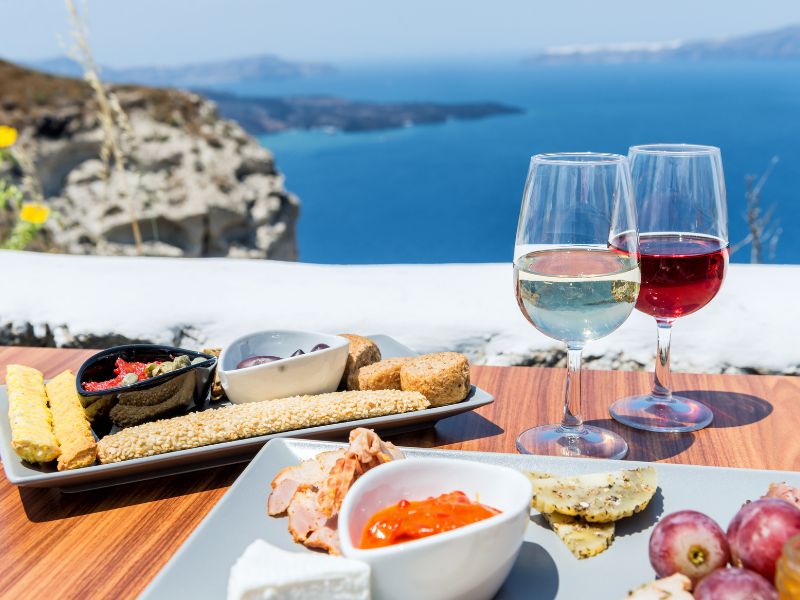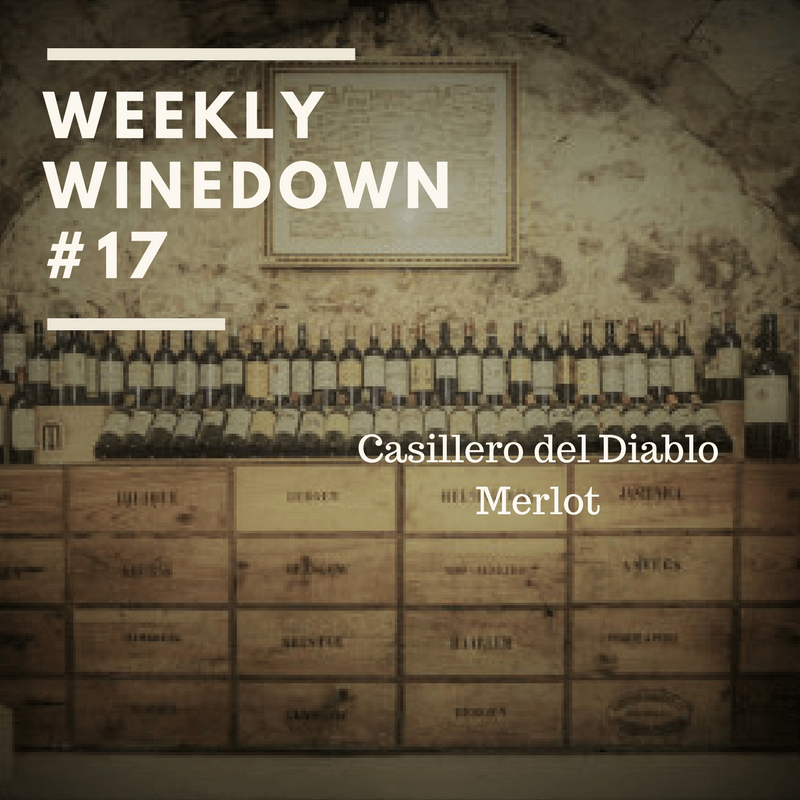
Exploring Italy’s Wine Regions: A Journey Through Taste and Tradition
Italy, with its sun-drenched vineyards stretching from the rolling hills of Piedmont to the volcanic soils of Sicily, stands as one of the most illustrious wine destinations on the globe. This country’s name is synonymous with wine excellence, a testament to a tradition that intertwines deeply with the very essence of Italian culture. Each wine region in Italy offers a unique narrative, one of ancient methods passed down through generations and of innovative practices that still respect the sanctity of the terroir. The diversity and richness of Italy’s wine regions are unparalleled, with each area presenting its own array of distinctive flavours, aromas, and textures that reflect the local geography, climate, and cultural heritage.
Embarking on a journey through Italy’s wine regions is to explore a mosaic of taste and tradition, where the pleasure of wine is seamlessly blended with the discovery of breath-taking landscapes, compelling stories, and rich local cultures. From the Nebbiolo wines of the north, famed for their complexity and aging potential, to the bold and volcanic expressions of the south, such as the robust Nero d’Avola, Italy offers a palette of wines as diverse as the country itself. This voyage invites connoisseurs and casual enthusiasts alike to traverse the Italian peninsula, experiencing first-hand the passion and craftsmanship that define Italian winemaking. Join us as we uncork the essence of Italy, one region at a time, in a quest for the soul of Italian wine.
A journey from Piedmont to Sardinia: the main Italian wine regions
Venturing into Italy’s venerable wine regions, one embarks on a sensory exploration that displays the depth and diversity of Italian viticulture. Each region, with its own distinct character and tradition, contributes to the rich tapestry that makes Italy a revered wine destination.
Piedmont, nestled in Italy’s northwest, is a realm where the noble Nebbiolo grape achieves its most profound expression in the revered wines of Barolo and Barbaresco. These wines, known for their complexity, depth, and aging potential, reflect the rolling fog-laden hills and the meticulous care of the vintners. Piedmont’s landscape, a harmonious blend of vineyard-covered hills and historic towns, offers a serene backdrop to the pursuit of vinous excellence.
Lombardy, to the east, presents a different facet of Italian winemaking. Here, the sparkling wines of Franciacorta challenge global perceptions of Italian bubbles, offering complexity and elegance rivalled by few. The terraced vineyards of Valtellina, moreover, yield robust, Nebbiolo-based wines, known locally as Sfursat, which are celebrated for their expressive intensity. A scenic train journey from Lombardy through the picturesque landscapes to the Veneto region provides an enchanting interlude between these distinct wine cultures.
Veneto, the land of contrasts, is where the light, effervescent Prosecco finds its home in the hills of Valdobbiadene and Conegliano, offering a refreshing counterpoint to the region’s more intense offerings. The Amarone della Valpolicella, a rich and powerful wine made from partially dried grapes, showcases the region’s capacity for innovation and tradition, providing a robust counterpart to the delicate bubbles of Prosecco.
Tuscany is a name that resonates with wine lovers worldwide, synonymous with the rolling hills, cypress-lined drives, and the famed Sangiovese grape. This region is the cradle of Chianti, a wine that encapsulates the heart of Tuscany, and the prestigious Brunello di Montalcino, lauded for its depth, longevity, and richness. Tuscany’s wines, like its landscapes, evoke a sense of timeless beauty and enduring tradition.
Finally, the islands of Sicily and Sardinia offer bold and aromatic wines that are as unique as the terrains and cultures that produce them. Sicily’s volcanic soils give rise to robust wines like Nero d’Avola, which are as intense and spirited as the island itself. Sardegna, with its windswept landscapes and ancient heritage, is home to distinctive wines such as the Vermentino and Cannonau, reflecting the rugged beauty and the aromatic complexity of the island’s terroir.
Each of these regions offers a window into the soul of Italy, where wine is not just a beverage but also a narrative of the land, the people, and the history that shapes them. Exploring Italy through its wine regions is to embark on a journey that intertwines taste and tradition, landscape and legacy, inviting travellers to experience the rich, varied tapestry of Italian wine culture.
To move from one part of Italy to another efficiently and quickly, the best means is definitely the train. For example, we can use the Italo high-speed train from Milan to Venice or to many other cities in the ‘Belpaese’.
Typical grape varieties and food pairings
The heart and soul of Italian wine culture are encapsulated not just in the land and its traditions but also profoundly in the grape varieties that thrive in its diverse regions. Each vine, each varietal, brings with it a story—a legacy of taste, technique, and terroir that culminates in wines celebrated the world over for their distinctiveness and depth.
In Piedmont, the Nebbiolo grape is the cornerstone of the region’s winemaking prestige, giving birth to the illustrious Barolo and Barbaresco wines. These wines, characterized by their robust tannins, high acidity, and aromas of cherry, rose, and truffle, are ideal companions to the rich, savoury dishes of the region, such as truffle-infused risottos and braised meats.
Lombardy’s Franciacorta, crafted from Chardonnay, Pinot Nero, and Pinot Bianco grapes, produces sparkling wines that rival the best in the world with their complexity and finesse. These effervescent treasures pair wonderfully with the delicate freshwater fish dishes, risottos, and creamy polenta that populate Lombardian cuisine.
In Veneto, the Glera grape gives life to the light and refreshing Prosecco, perfect as an aperitif or alongside the seafood and risotto dishes that are staples of the region. The Amarone della Valpolicella, made from partially dried Corvina, Rondinella, and Molinara grapes, offers a rich, intense wine experience, ideally suited to hearty dishes like braised meats and aged cheeses, mirroring the hearty spirit of Veneto’s culinary traditions.
Tuscany’s Sangiovese grape is the hero behind the renowned Chianti and Brunello di Montalcino. These wines, with their notes of tart cherry, earth, and herbs, complement the rustic, flavourful dishes of the region, such as wild boar ragù, Florentine steak, and pecorino cheese, tying the dining experience to the very essence of the Tuscan landscape.
The islands of Sicilia and Sardegna introduce robust and aromatic varietals like Nero d’Avola and Cannonau. Nero d’Avola, with its bold fruit flavours and spice, pairs beautifully with the rich, tomato-based pasta dishes and grilled meats of Sicilian cuisine. Sardinia’s Cannonau, offering notes of ripe red berries and spices, complements the island’s hearty meat dishes and aged cheeses, echoing the rugged terrain and pastoral traditions.
Italian wine and culinary traditions are inextricably linked, a relationship that elevates the dining experience to an art form. The act of pairing wine with regional dishes is not just about complementing flavours but about celebrating the unity of land, vine, and the human hand in creating flavours that resonate with the soul of Italy. This gastronomic synergy invites enthusiasts and epicureans alike to explore the depth of Italian enology and cuisine, where each sip and bite tells the story of a region’s identity and heritage.
Conclusion: advice and suggestions
Embarking on an enogastronomic journey through Italy is to traverse a landscape as rich in flavour as it is in history and tradition. To fully savour the essence of Italy’s wine and culinary heritage, a few practical tips can enhance the experience, making it as enriching as it is delightful.
Timing is everything when planning a visit to Italy’s wine regions. The best times to explore these areas are during the spring (April to June) and fall (September to October). These months offer the dual advantages of milder weather and the excitement of harvest and winemaking activities, particularly in September and October. During these times, the countryside is alive with festivals and events celebrating the new vintage, offering travellers an authentic glimpse into the heart of Italian winemaking culture.
Getting around Italy’s wine regions can be a joy in itself. Renting a car offers the freedom to explore at your own pace, allowing for spontaneous detours through vine-covered landscapes and ancient villages. However, for those who prefer not to drive, many regions are accessible via Italy’s extensive train network, which offers scenic routes through some of the country’s most picturesque landscapes. For deeper exploration, consider organized wine tours. These can provide insightful guidance and access to wineries that might not be open to the public, offering a more intimate view of Italy’s winemaking traditions.
Immersing yourself in the local traditions is key to experiencing the true essence of Italy’s wine culture. Engage with local vintners and chefs, many of whom are happy to share their passion and knowledge with interested visitors. Participating in a cooking class or a wine blending workshop can offer hands-on experiences that deepen your appreciation and understanding of the region’s culinary arts. Visit local markets to sample fresh produce and artisanal products, and do not hesitate to ask for recommendations on local specialties to try.
Remember, the goal of an enogastronomic tour is not just to taste but also to experience—to understand the symbiosis between land, vine, and table that defines Italian culture. By embracing these tips and approaching your journey with curiosity and an open heart, you are sure to leave Italy with not just memories of exquisite tastes but a profound connection to the traditions and stories that make Italian wine and cuisine beloved around the world.
Share the love.
Related

How to prepare for a garden party
You May Also Like

Family Ski Trips to Austria: What to know before you go
September 18, 2019
Weekly Winedown #17 Casillero del Diablo Merlot
September 1, 2017


